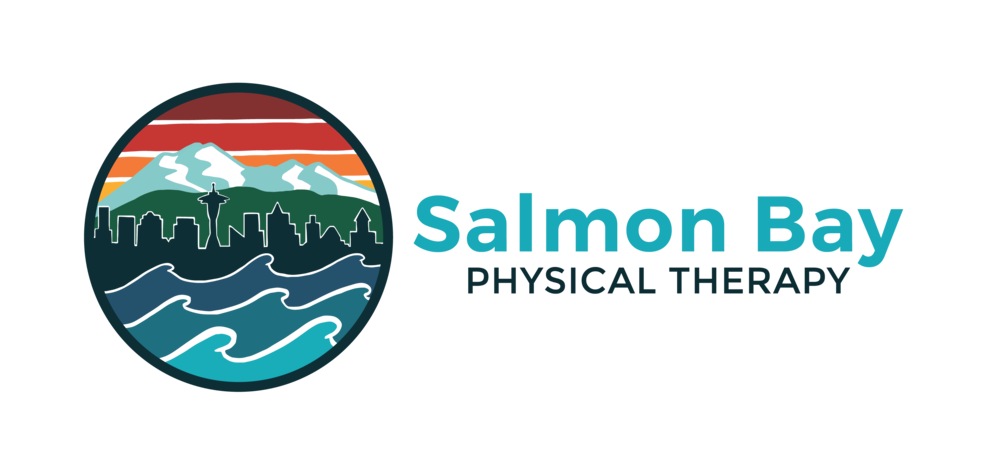Have you ever been told you need to foam roll as part of your training program? If so, did you know why you were foam rolling or how you were supposed to go about doing it? Here is a quick Q&A guide to those interested in a simple and effective training tool.
What is foam rolling?
Foam rolling is a common form of self-myofascial release most often used by endurance athletes to help combat delayed onset muscle soreness (DOMS).
What are the benefits of foam rolling?
While foam rolling is most often used to treat muscle soreness and enhance recovery following intense bouts of exercise, foam rolling has also been shown to be an effective tool for improving joint range of motion at the hip, knee, and ankle without compromising muscle performance. Therefore, it can be beneficial when used either pre or post-workout. You will often see foam rolling utilized as a therapeutic tool used to treat Patellofemoral Pain Syndrome (i.e. runner’s knee), IT Band Syndrome, Achilles Tendintis, and Medial Tibial Stress Syndrome (i.e. shin splints).
What areas should I focus on?
Targeting sore areas of the muscles in the legs following a training session can be an effective way to enhance muscle recovery and reduce the negative effects of DOMS. Common regions to foam roll in the legs are the calves, hamstrings, gluteals, quadriceps, IT bands, and adductors. Here is a video of a sample foam rolling routine for runners:
What areas should I avoid?
In general, foam rolling is limited to soft tissue, as it is a self-myofascial release tool. Avoid rolling over bony prominences (bumps) or joint surfaces, as this is more likely to be aggravating as opposed to therapeutic.
How long should I foam roll each region?
Studies suggest that foam rolling an area for 30-60 seconds is sufficient to enhance joint flexibility and reduce muscle soreness. No need to roll much longer!
Other considerations...
Foam rolling is meant to be a tool utilized in conjunction with, not a substitute for, other evidence-based training principles. It will not eliminate your risk of getting injured if you are over-training or training inconsistently. As always, please consult your primary care provider or physical therapist if you have any questions or concerns before implementing a new wrinkle to your exercise routine, such as foam rolling. If you experience any progressive increase in pain or discomfort with foam rolling, stop and seek guidance from a healthcare provider or fitness professional.

